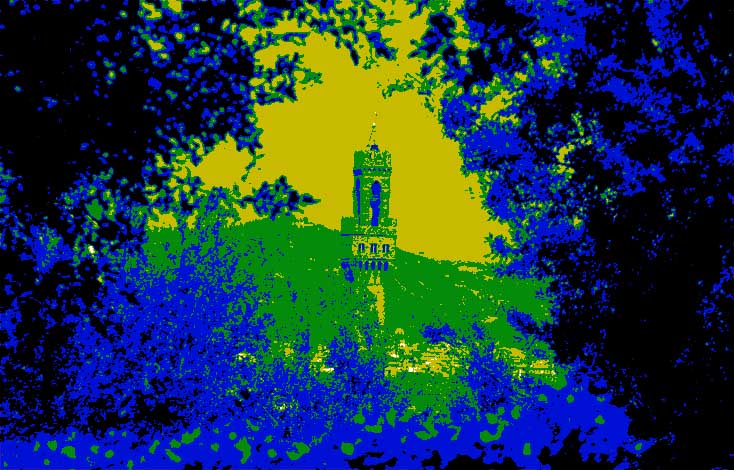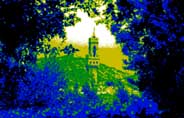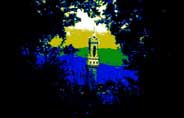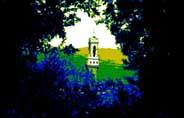The Rape of Proserpine - Conclusion
I think there are two parts to this painting, the landscape and the figures. I think the landscape could be a picture in it's own right, but I'm not so sure about the figures. 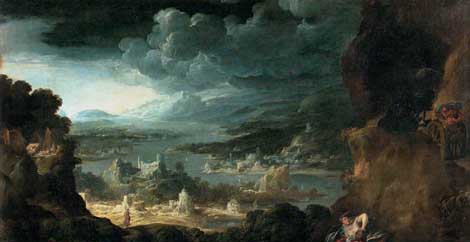 |
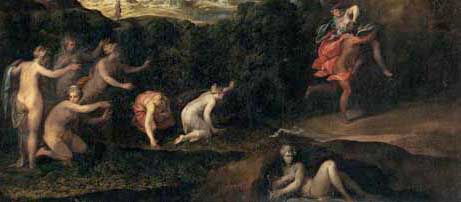 |
The painting
This is a completely romantic painting merging imaginary medieval landscape with an ancient legendry story and I suspect that if the people were clothed in peasant costumes the impact of the image would loose much of its appeal.
Major findings
The arrangement of contiguous areas of tones gives an overall structure and form to the painting, re-enforcing the composition.
Distortion of perspective is acceptable [My daughter disagrees and so I must qualify 'perspective' as a normal 50mm lens. I think the mid and far distance is equivalent to a telephoto lens, but near is more like normal], and draws the viewer's eye to the important areas, with well defined banding between the near, mid and far distance.
Bright highlight areas are used sparingly and account for a very small percentage of the canvas. One can get a dramatic image with this sort of tonal range, especially with points of interest (mid to 1/4 tones) being surrounded by shadows to give the greatest contrast.
Interesting points
The edges should get softer in the distance.
Non-realistic colours are acceptable in the right setting.
Weak skies ensure that the viewer is drawn to the interesting parts of the image. I have always enhanced the sky, both in tones and saturation - but perhaps this is because the subject of my images are not that interesting!
There is no need to show everything in detail - hints in the shadows add to the presence of the image and enable the viewer to explore more and more of the image, after the initial impact.
The painter can construct their own composition, but this will be harder to do with photographs. However, along with perspective, it is possible to expand, contract or distort different areas, as well as add and remove objects, to create the impact and enhance the story one is attempting to tell.
| There are four effects an artist can use to
draw our eye around the image, apart from the overall
composition. They are in order of importance: |
||
| 1) areas of greatest contrast 2) areas of highest highlights 3) areas of most vivid/saturated colours 4) areas of greatest detail. |
||
Experiment
I thought I would try processing an image that roughly had the tonal characteristics of the painting.
| Here is a snapshot straight from the camera
and the 5 stop tones - I've added a
new PS action to do this in
coloured bands.
It was a fairly flat day with little contrast. As it happens the areas are moderately well defined, but the shadows are split by the green hedge. |
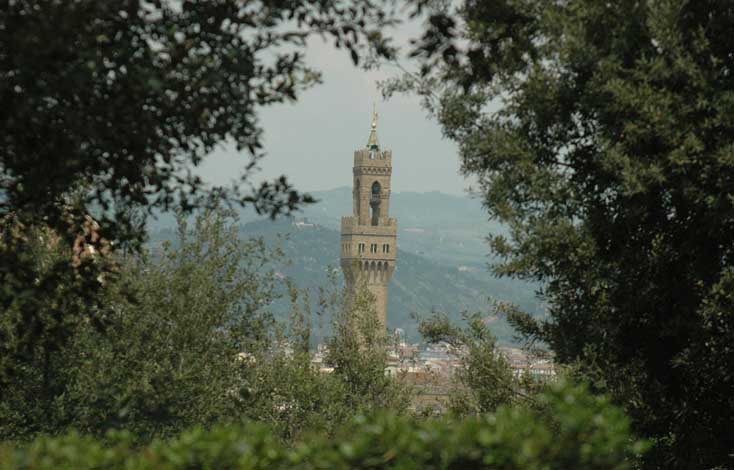 |
| This is what I might do with my standard
snapshot processing.
Namely set the highlights and shadow, plus give a little bit of contrast and then add Lab (masked) saturation.
So only the 1/4 tones and highlights have really changed. |
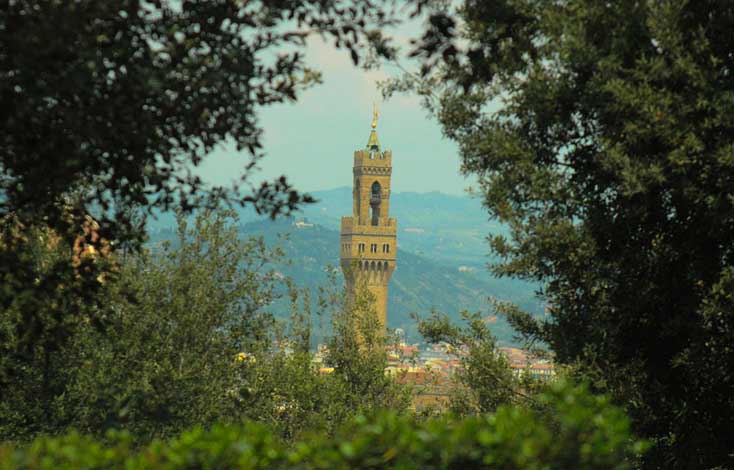 |
| And this is my attempt to place more of the
image in the shadows and make the other tonal ranges distinct from each
other and have significant sizes.
Well it gives more emphasis to the tower, but it is too drab and I did not bother to add saturation. |
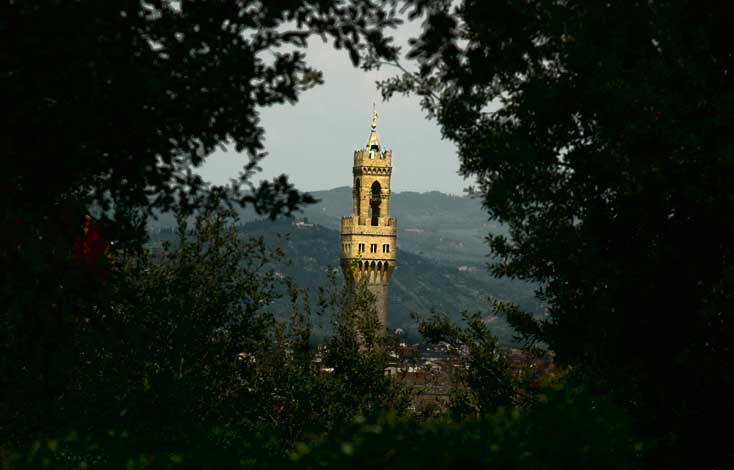 |
| So lets lighten the main area, loose a lot of
the 3/4 tones and make the distinction between the near and far hills
more pronounced, by putting them a stop apart.
And I added some saturation. I don't like it - I want to see the greens in the trees, but yes it has some impact. |
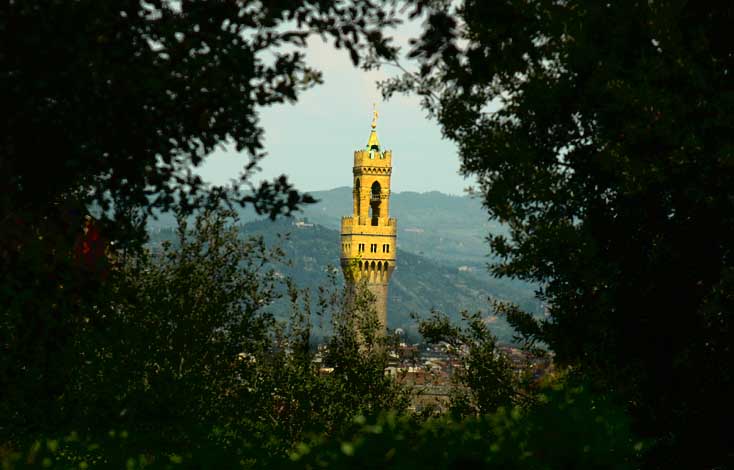 |
Background information
One should perhaps read the legend that this picture is attempting to portray, which is...
Venus, in order to bring love to Pluto, sent her son Amor (also known as Cupid) to hit Pluto with one of his arrows.
Proserpine was in Sicily, at the Pergusa Lake near Enna, where she was playing with some nymphs and collecting flowers, when Pluto came out from the volcano Etna with four black horses named Orphnaeus, Aethon, Nycteus and Alastor. [that's the cart on the right of the painting]
He abducted her in order to marry her and live with her in Hades of which he was the ruler. Notably, Pluto was also her uncle, being Jupiter's (and Ceres's) brother. She is therefore Queen of the Underworld.
Her mother Ceres, the goddess of agriculture or of the Earth, went looking for her in vain to every corner of the earth, but wasn't able to find anything but a small belt that was floating upon a little lake (made with the tears of the nymphs). In her desperation Ceres angrily stopped the growth of fruits and vegetables, bestowing a malediction on Sicily. Ceres refused to go back to Mount Olympus and started walking on the Earth, making a desert at every step.
Worried, Jupiter sent Mercury to order Plutoto free Proserpine. Pluto obeyed, but before letting her go he made her eat six pomegranate seeds, because those who have eaten the food of the dead could not return to the world of the living. This meant that she would have to live six months of each year with him, and stay the rest with her mother. This story was undoubtedly meant to illustrate the changing of the seasons; When Ceres welcomes her daughter back in the spring the earth blossoms, and when
Proserpine must be returned to her husband it withers.

